Gone AWOL: Living in an RV Dwelling in Los Angeles
Caylo Seals | Photo Editor
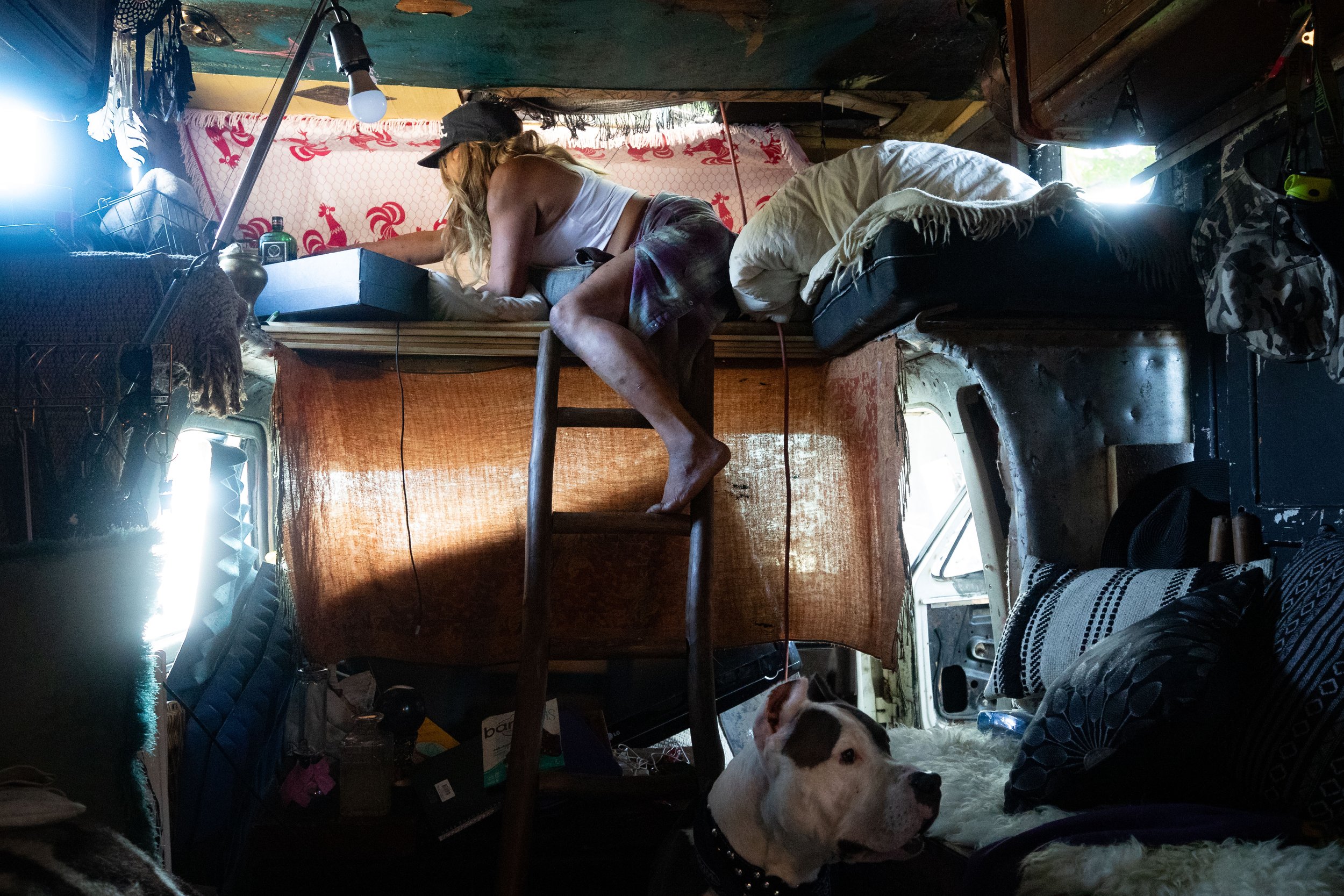

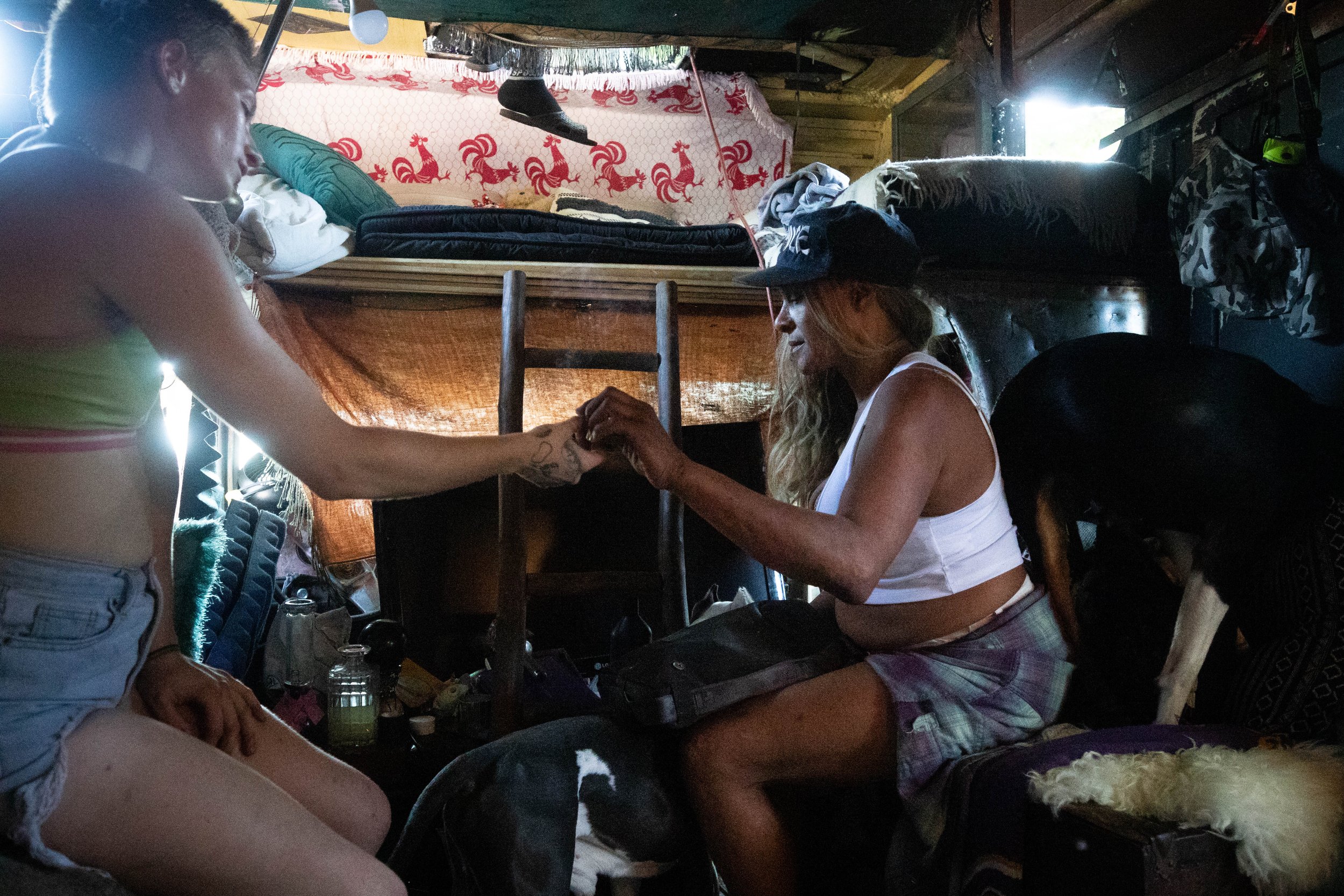
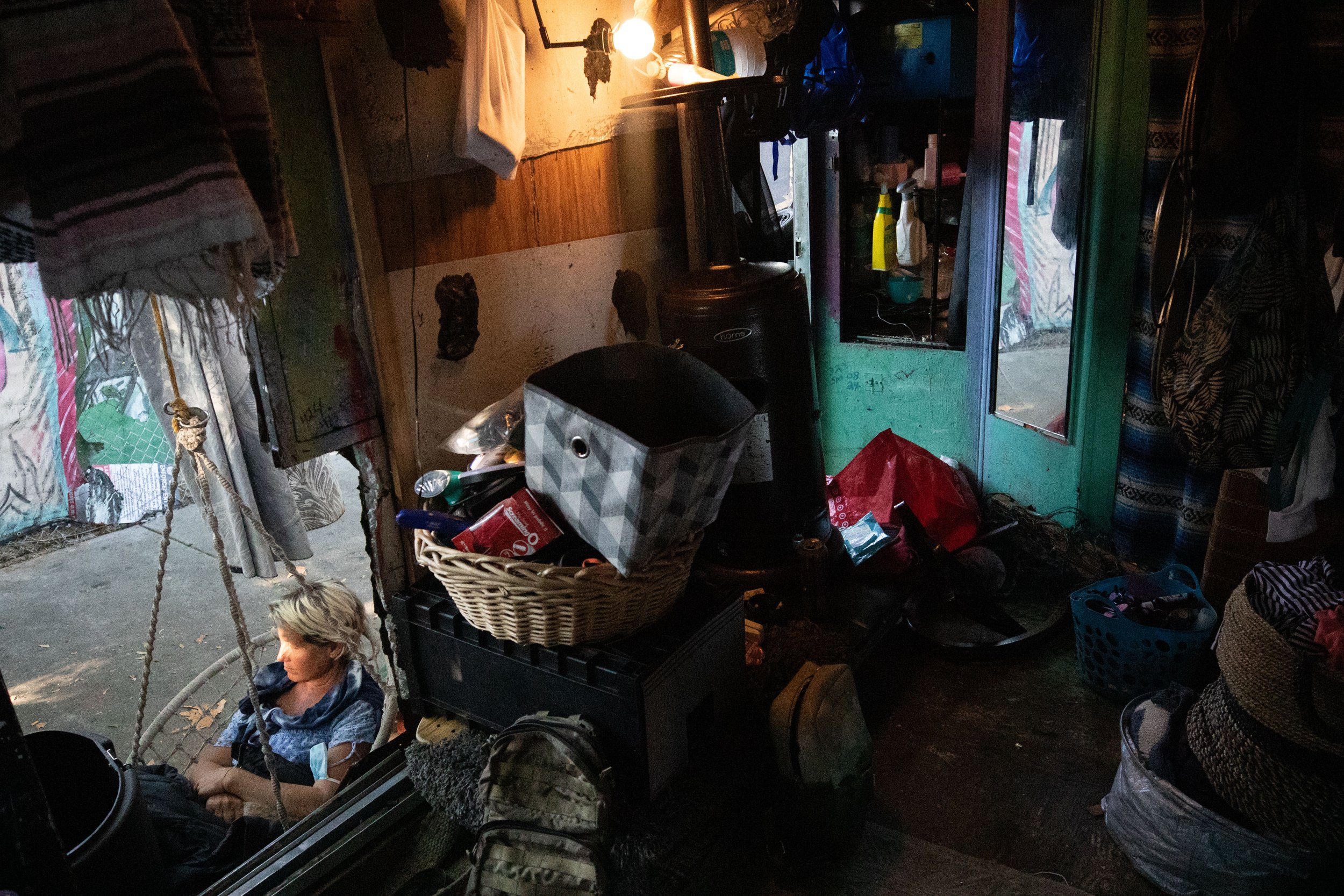
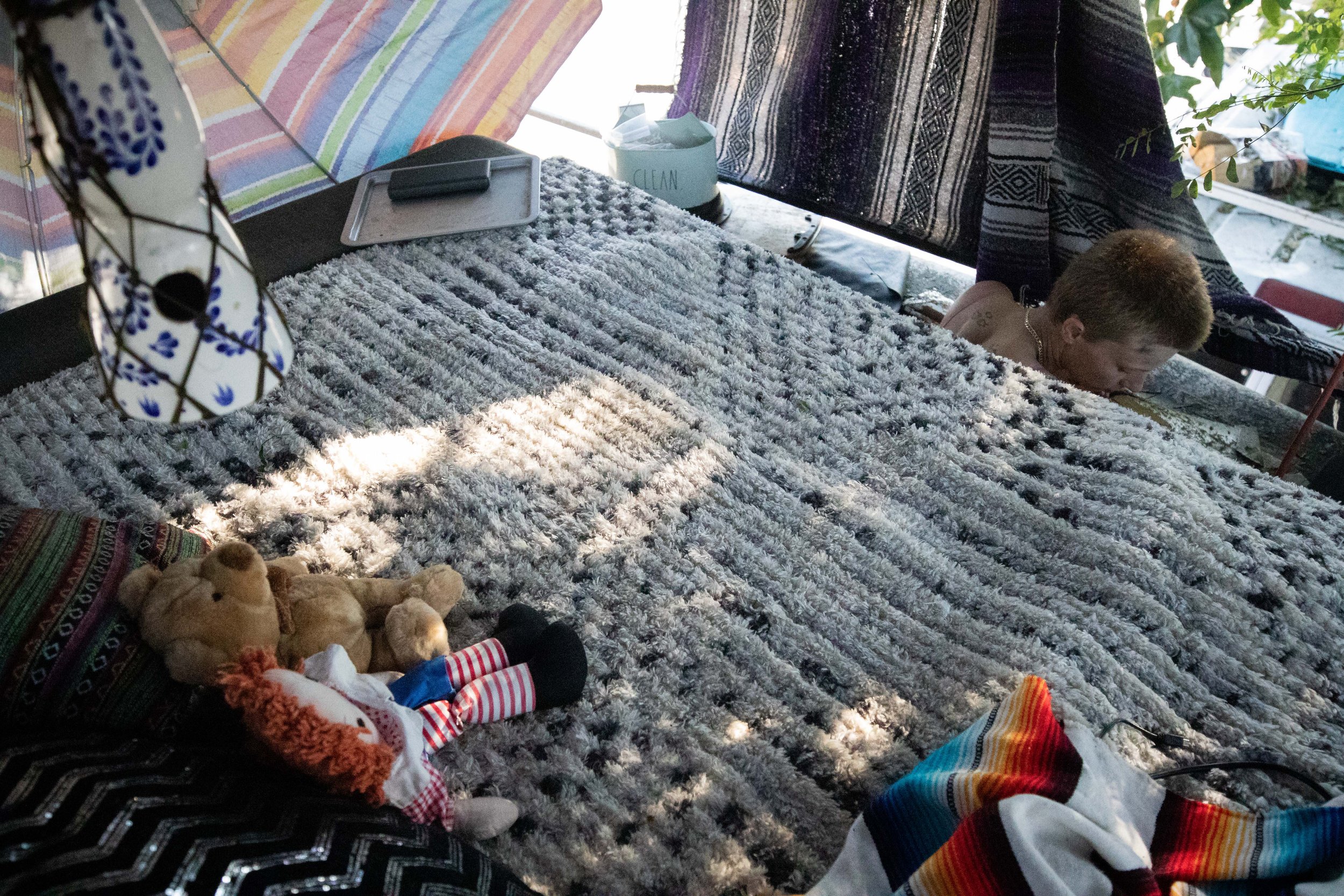
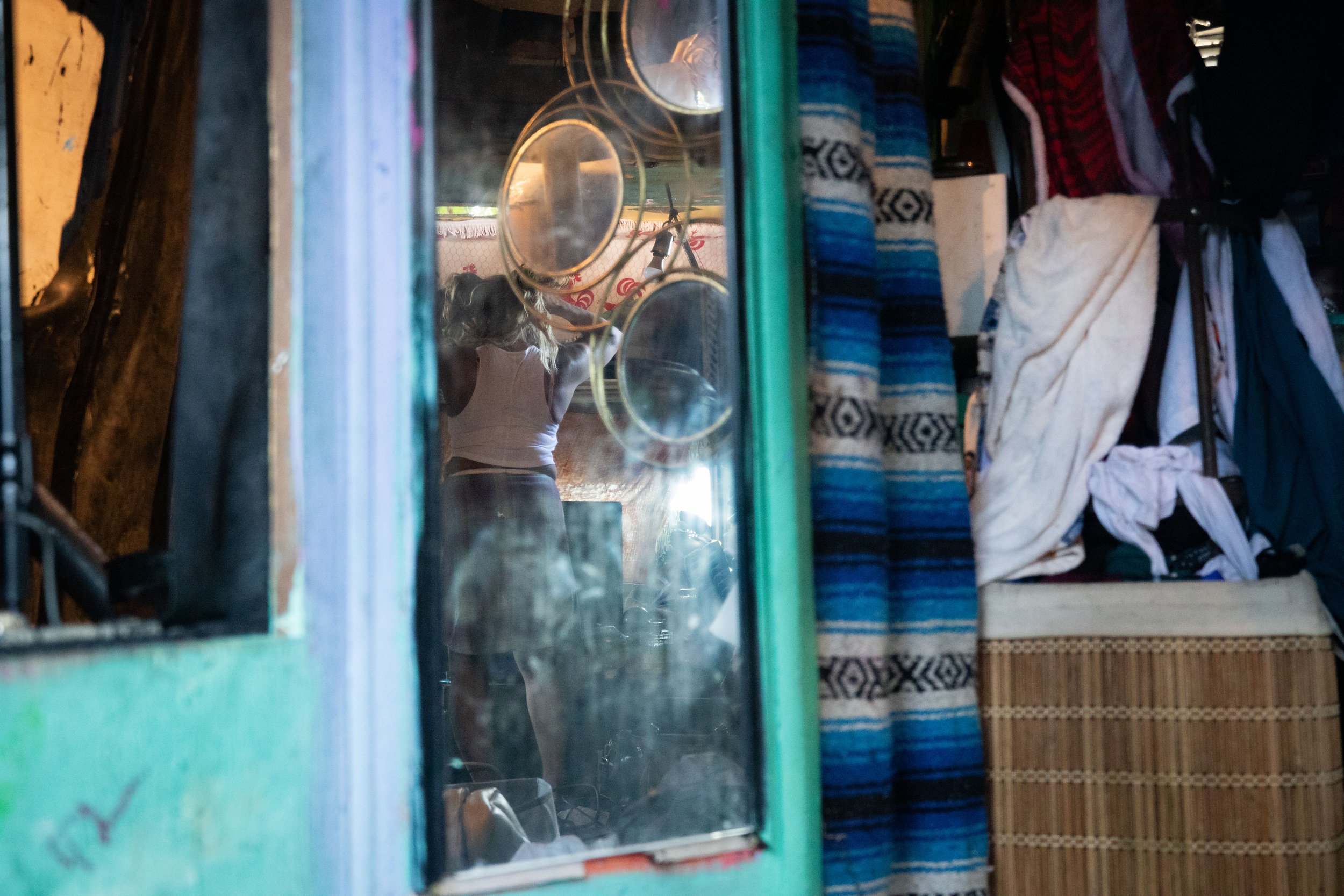
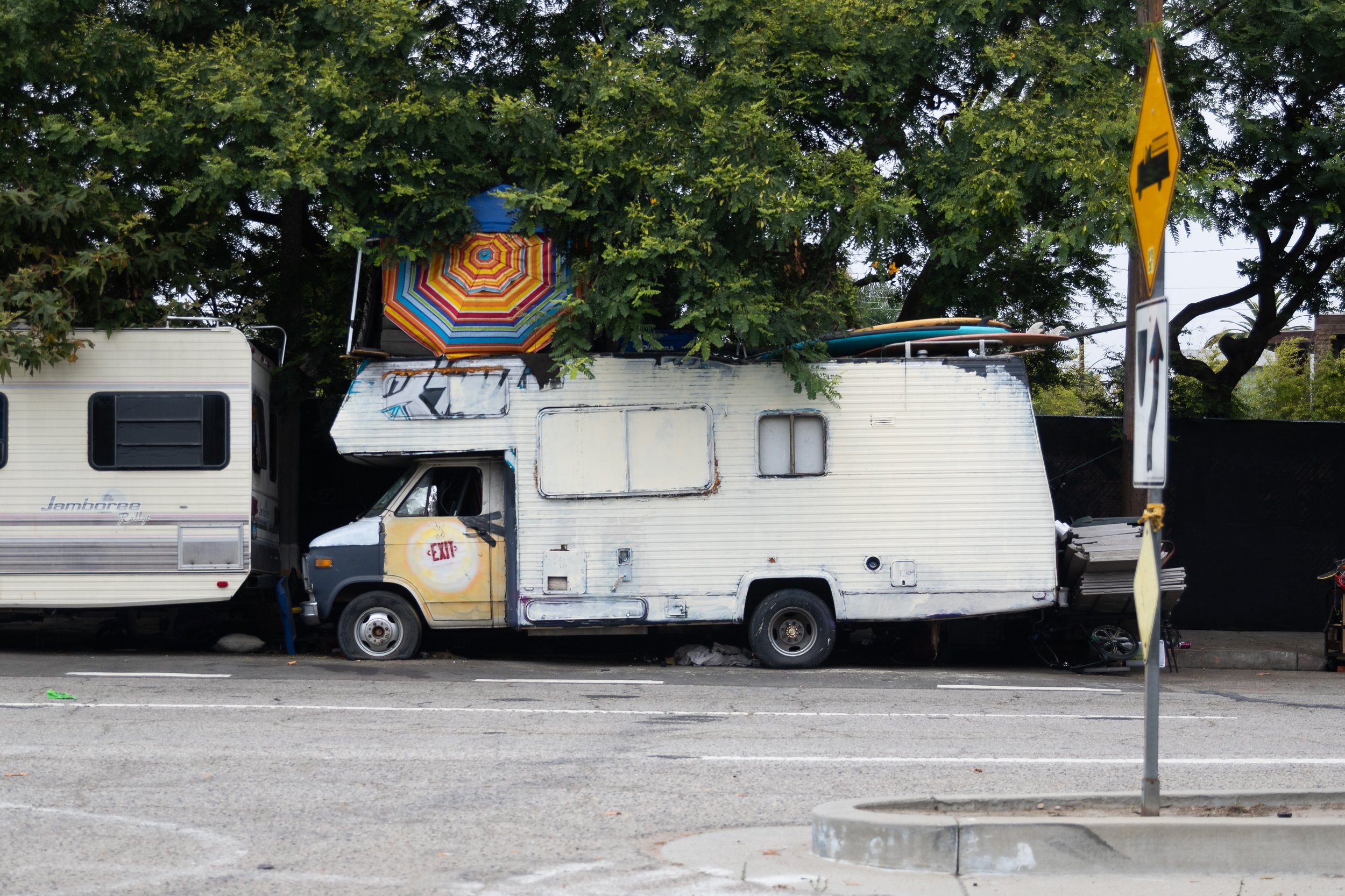
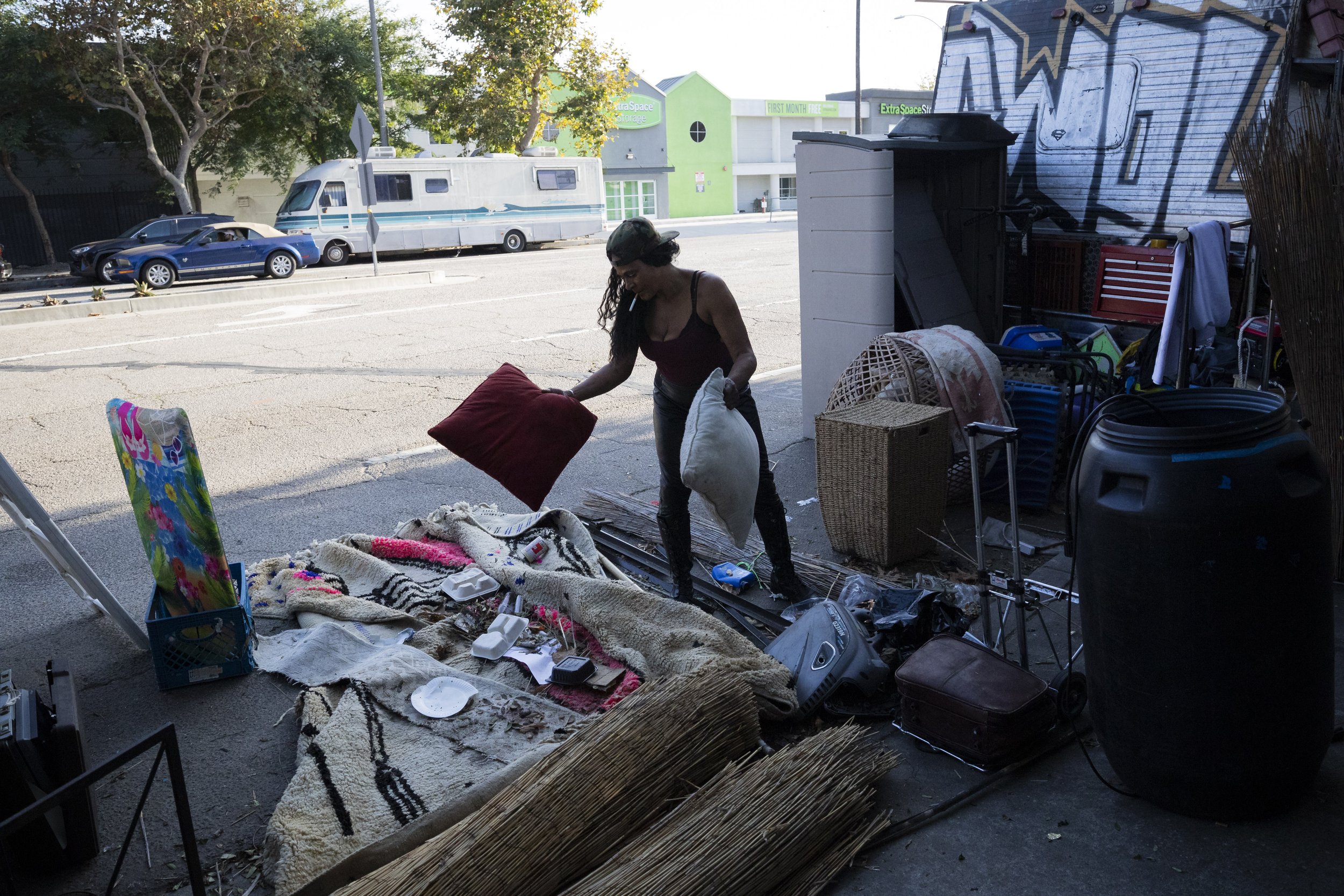
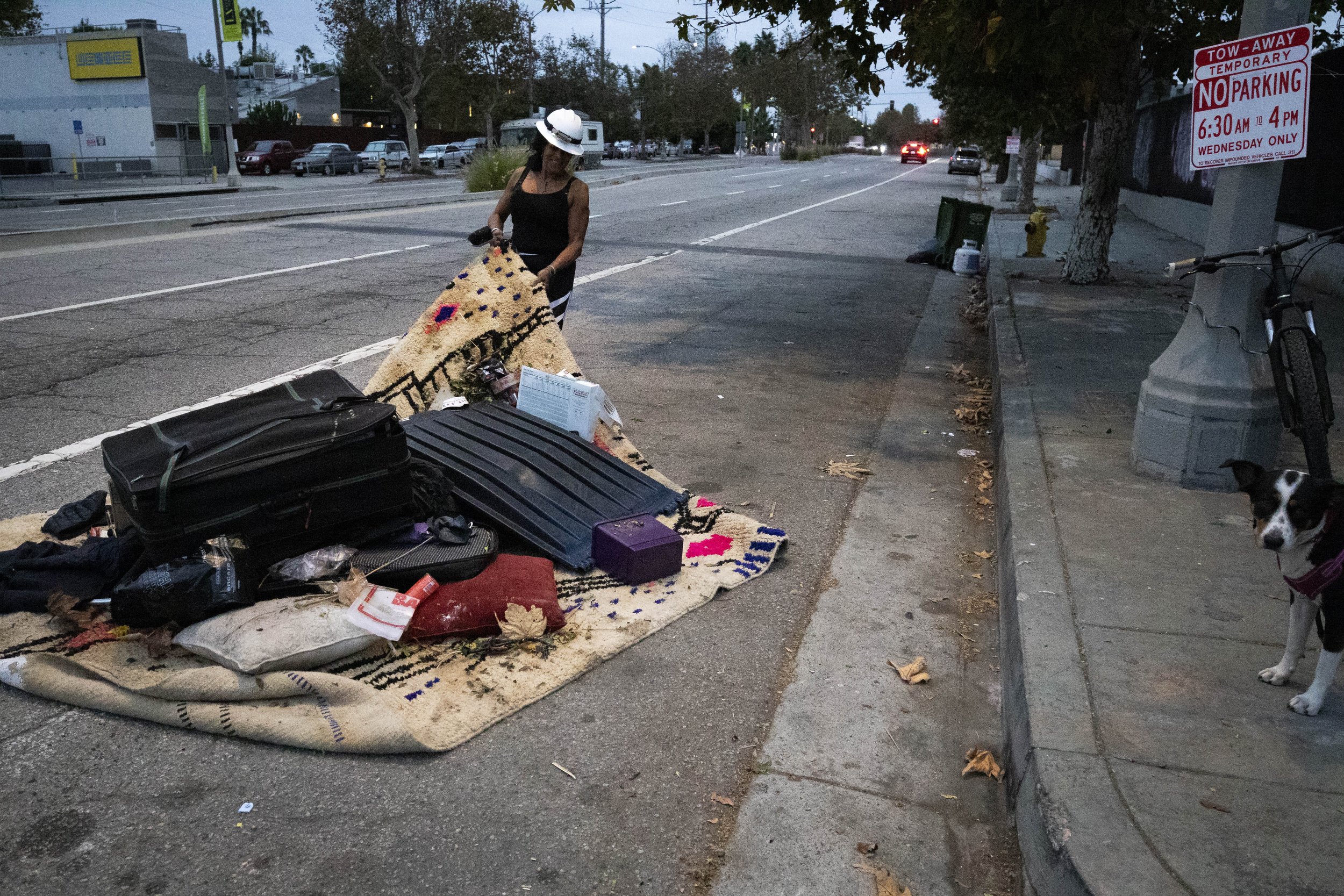
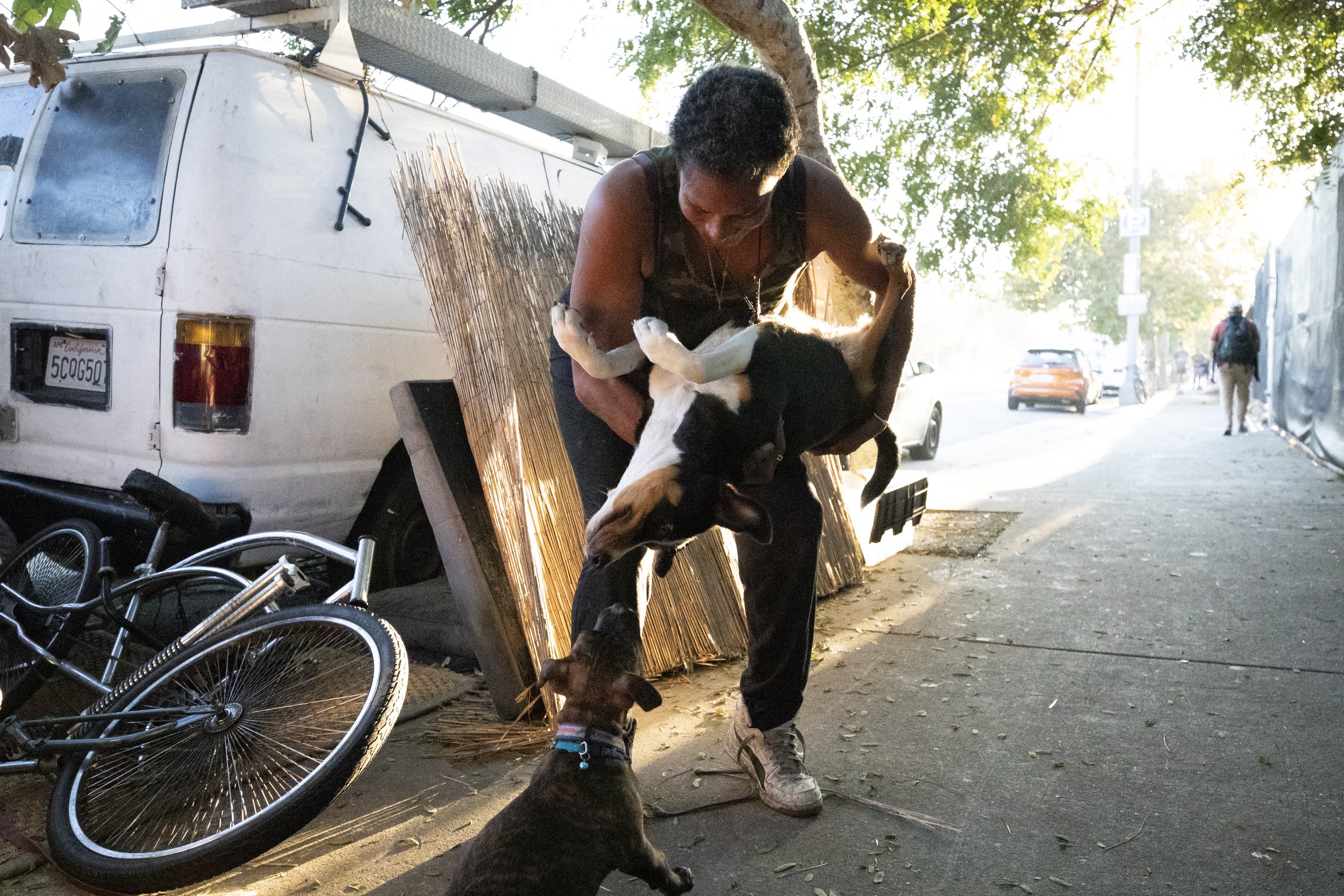
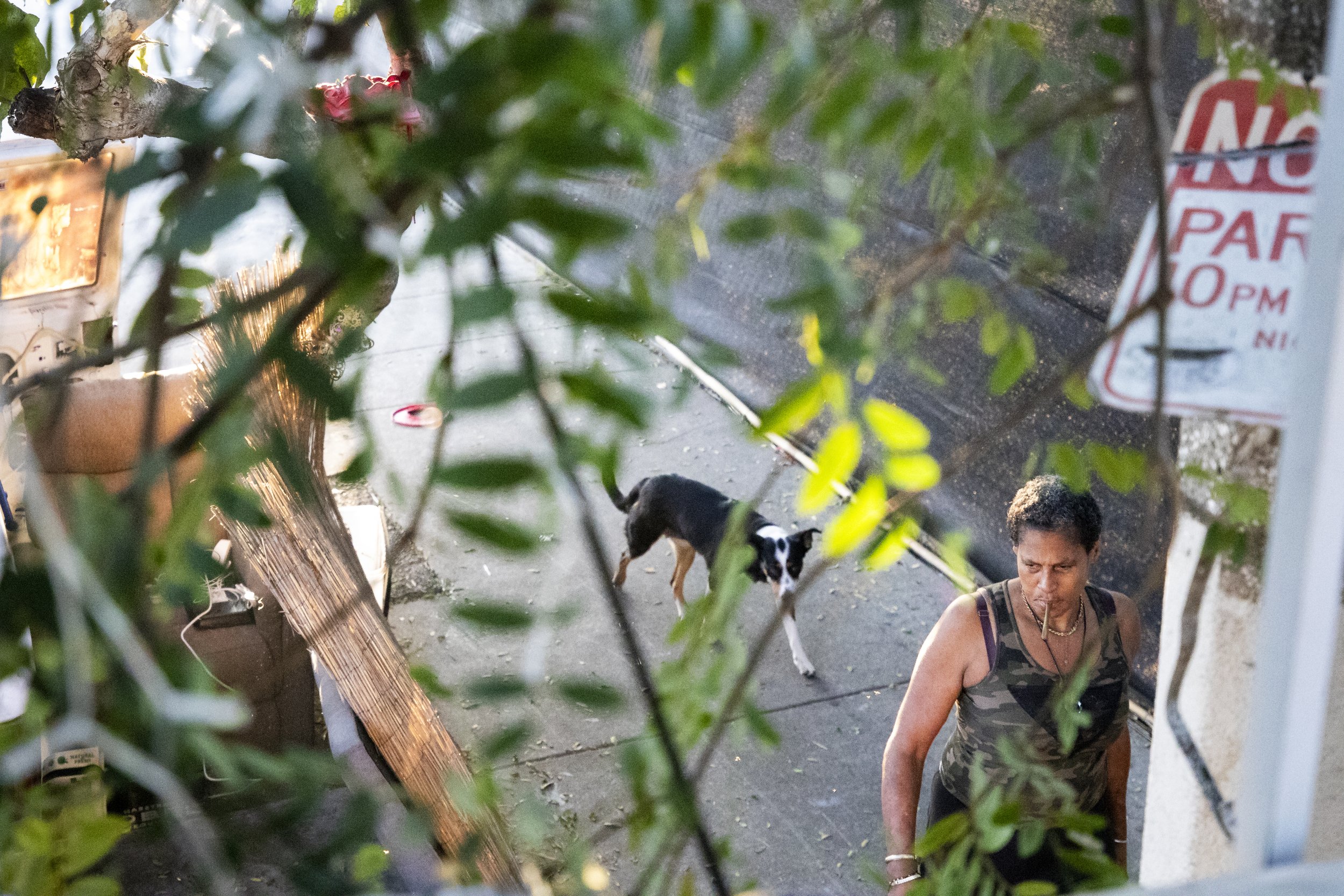
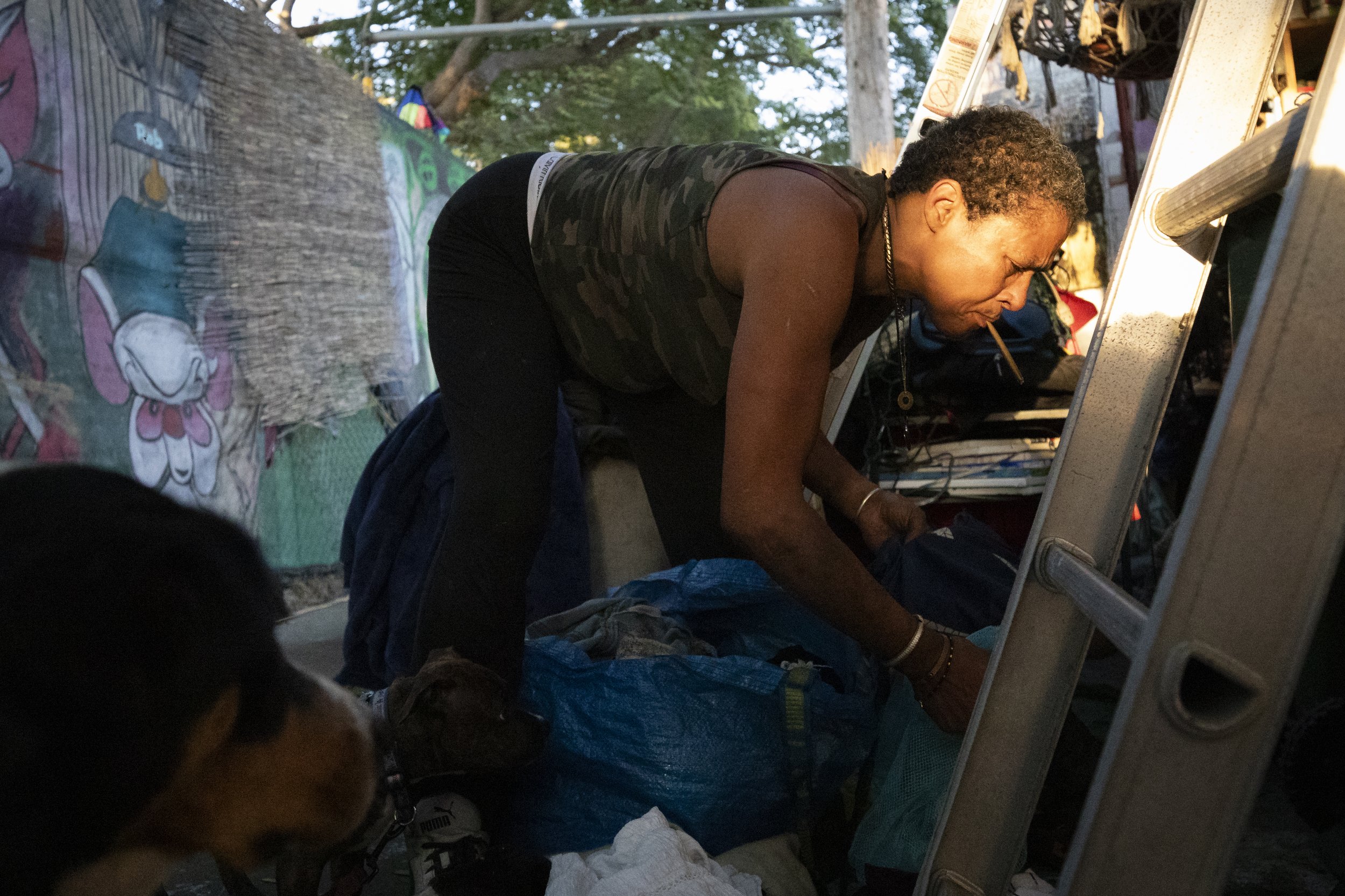
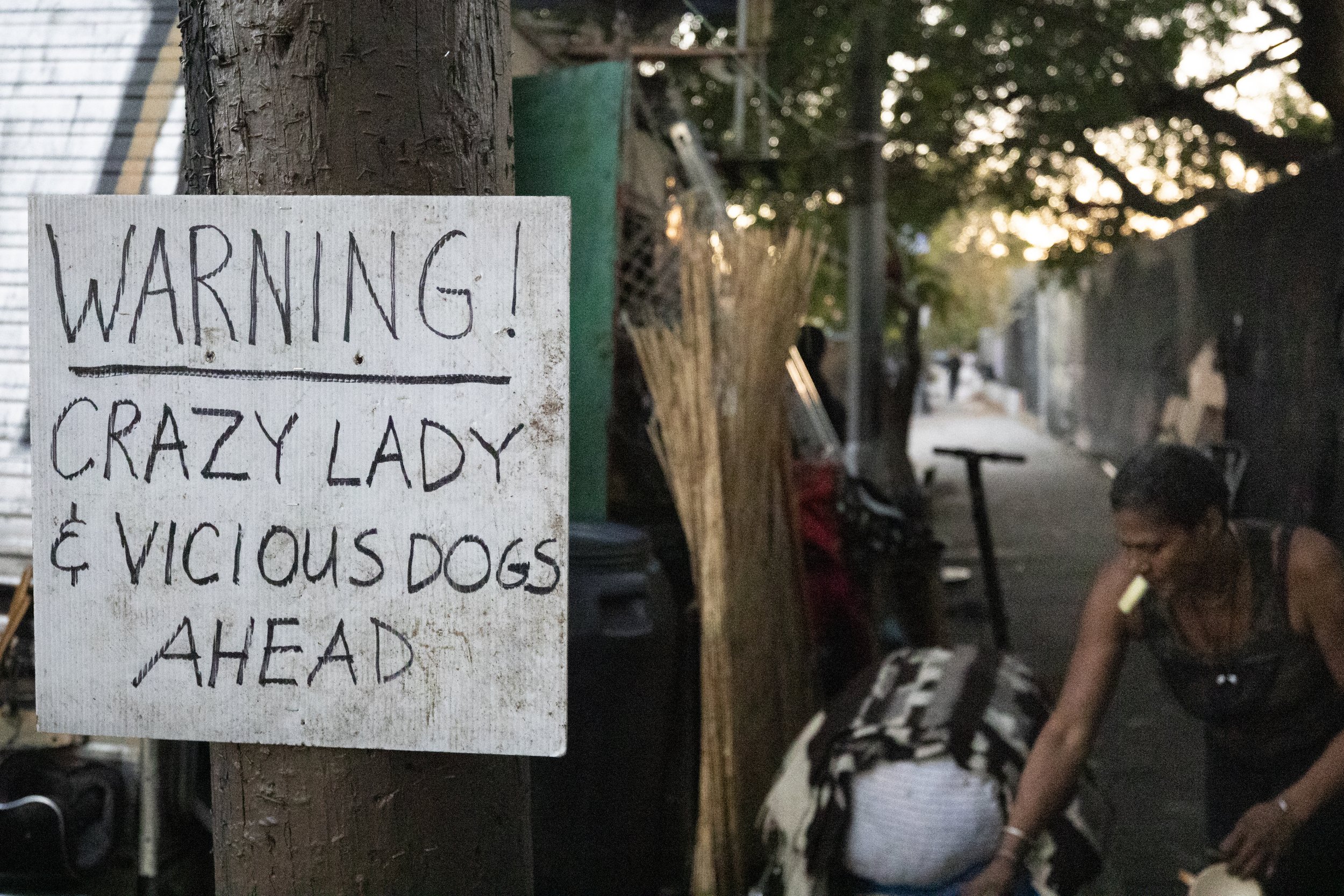
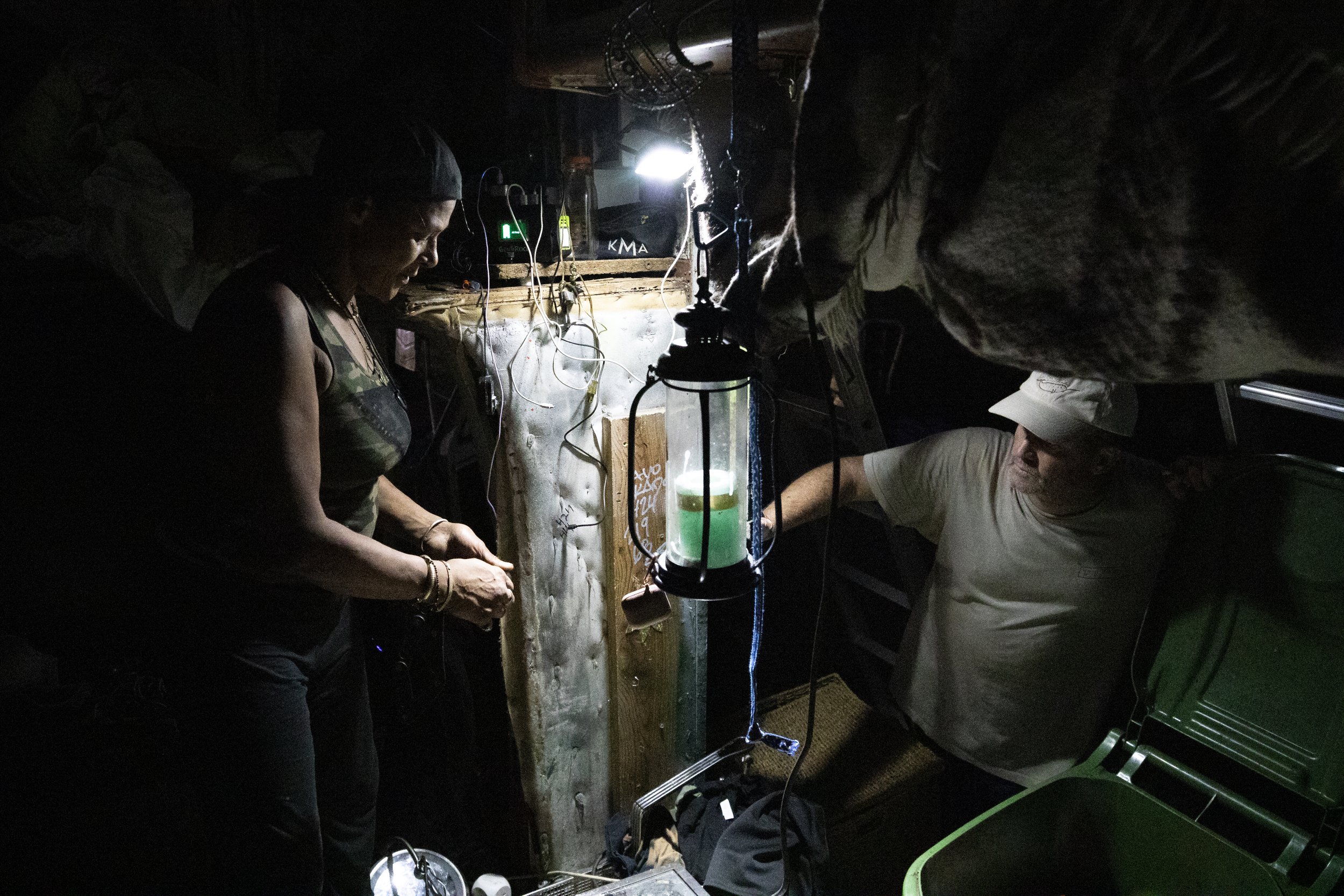

Rebecca Dannenbaum, a 54 year old Venice, California local, has lived in the same RV parked in the same spot on Venice Blvd. for seven years.
Adopted in Minnesota by a Jewish, upper middle class family, Dannenbaum was brought to Venice, “the best place in the world,” at 3 years old. A dog groomer by trade, she lives with her two dogs Google and Oso, and is fostering a third, Snapchat. She has spent all but 14 years of her life AWOL, “Always West of Lincoln.” Lincoln Blvd., which runs North-South, is the main road that divides Venice.
Growing up she had a difficult relationship with her family. She was brought home by her dad without her mother knowing, and her mother felt forced to raise her. Due to that, Dannenbaum says that there is still some resentment, but that her mother did the best she could.
In her school years, she would spend time with the other “Boardwalk Brats,” the kids who were outcasts, and they would skateboard and listen to punk rock on the Venice Boardwalk. She says that she has “always been an addict,” and she was addicted to Benadryl when she was nine.
“My dad used to have to take me to go fill up the gas in the car, just because as a baby the only thing that soothed me from crying was the smell of gasoline,” Dannenbaum says. “But I don't do it in the same level that I used to do it.”
She has become frustrated with housing programs but feels forced to use them. After bouncing in and out of several housing assistance programs, she went into bridge housing, but left a few weeks ago because they wouldn’t let her keep her dogs there. Temporary shelters like bridge housing are designed to give people a safe place to sleep while they wait for permanent housing.
“The system was designed to fail. It's like everybody knows that except for the people it's failing for. And that's unfair,” she says. “The one thing that people fail to realize is that the people out here on the streets… want to fit into society, society just won’t ask them to come in.”
Living in vehicles creates obvious difficulties, such as not having access to showers or bathrooms and finding a safe spot to park. She says that people will leave junk and trash outside of her RV and she will have to dispose of it. It can also be dangerous. On Oct. 14, a 47-year-old veteran, known as Tank to his neighbors, was killed in the RV right next to Dannenbaum’s. She has had a dog, Pixel, stolen from her, and another one was hit by a car.
Dannenbaum is one of the 19,402 unhoused people who live in vehicles in Los Angeles County according to the 2022 point-in-time count by the Los Angeles Homeless Service Authority (LAHSA). People living in vehicles account for 28% of the total homeless population, and that number has grown by 23% since 2018. In response to this increase, LA county and city officials have boosted efforts to provide housing to those living in vehicles.
Pathway Home, a program run by the LA County Homeless Initiative, uses powers granted by an emergency declaration by the Board of Supervisors in January 2023 to expand its efforts to resolve homeless encampments. In August, the program removed 30 “unsafe, inoperable, and otherwise unlivable RVs” in East Gardena. This was the first time the program included those living in RVs.
Safe Parking LA is a nonprofit which, according to their website, “provides safe overnight parking to facilitate stability and housing in Los Angeles County for individuals living in their vehicles, and advocates for fair and equitable treatment and resources for the unhoused.” Some churches and other organizations also provide similar services.
City, county, and nonprofit programs have their flaws.
“Right now, most of the safe parking that exists in LA, it's just overnight, and it is for passenger vehicles like, a truck or a car. These people are looking for something where they can really stay there, 24/7, and can take an RV,” says Sam Lutzker, a PhD candidate in sociology at University of California, Los Angeles whose research focuses on people who live in vehicles.
Lutzker says that some of the issues with programs in LA in general, is that someone can be stuck in them for a long time. Additionally, they often have strict rules that can create stressful environments, and moving into a shelter uproots people from the community they had while living on the street. There are also challenges in running these programs.
In a statement, the LA County Homeless Initiative says that it takes time to prepare people to come off the street and to dispose of their vehicle. The resident may not be the owner, so the county must locate and inform the owner of the RV before action can be taken. Moreover, there is an additional burden in storing vehicles before they are disposed of.
The Homeless Initiative also says, “Many RV residents do not identify as experiencing homelessness and feel they are being asked to give up a roof over their head, even if the RV is inoperable and not fit for human habitation.”
Lutzker disagrees with this idea, and sees this as the county shifting the blame. Vehicles have some benefits that temporary housing may not, for example, more privacy and mobility, and these programs may not have the staffing to effectively run them.
“If they are offering that to somebody in an RV who already sees it as their own form of housing, why the hell would you take a downgrade to shelter, with the off chance that you're going to get a win in the housing lottery down the line,” says Lutzker. “Some people say that they have, not a housing problem, but a parking problem. You live in an RV, and you can’t find a place to park.”
Lutzker and Dannenbaum both suggested creating a 24-hour parking lot or campground that can fit both cars and RVs. This would remove the need to constantly move your vehicle, and could provide additional services like a shower and bathroom. Beyond that, Dannenbaum says that storage lockers, jobs programs, and health services could be provided to those living on the lots to further assist those living in vehicles.
“They would be utilizing a space that usually goes empty 90% of the time. And this way it's still a parking space,” she says, referring to an empty parking lot near where she lives.
Towards the end of 2022, LA City Councilmember Monica Rodriguez, who represents the northeast San Fernando Valley, announced that her pilot program that aims to reduce the number of RV encampments in LA has been successful.
“It focuses on engaging individuals, particularly those in recreational vehicles, to create comprehensive housing plans and transition them into housing while ensuring their vehicles are removed from city streets upon program completion,” according to a statement from Councilmember Rodriguez.
As of Oct. 20, the pilot program has placed 85 individuals into temporary housing, nine have been permanently housed, 65 vehicles have been removed from city streets, and twelve individuals have returned to living on the street or to an unknown location since its launch. With 88% of participants still in the program, the high retention rate is due to “the service provider's commitment to working with individuals throughout the entire process, from the initial contact to achieving permanent housing” the statement says.
The LA City Council passed a motion to expand the program, still in its infancy, to the rest of the city. The strategy is currently being reviewed to ensure “it aligns with city regulations and is scaled according to recognized best practices.”
However, Dannenbaum distrusts city officials and programs, and views them as corrupt and intended to fail. She is frustrated that the needs of people living on the street are assumed, not asked about.
“You’re not going to take me from a safe home to put me in a temporary home,” she says. “Why can't I just stay here until you get me permanent housing? I've been here for seven years.”
When asked about the distrust those living in vehicles may have towards the city and county, and how the pilot program is different, a spokesperson for Councilmember Rodriguez says that “establishing meaningful relationships holds substantial significance when working with individuals.”
Beyond the need for better housing programs, there appears to be an absence of readily available data on those living in RVs, and other vehicles in general. Use of public programs, the unique challenges of living in an RV or a car, the condition of their vehicle and general demographic data is just some of the additional information that, if collected, could be used to better guide housing efforts.
LAHSA’s yearly count only publishes data on the number of RVs, cars, and vans there are in the city and county of Los Angeles, and estimates the population living inside. The RAND Corporation also does a count, but does not have specific data for those living in vehicles and only focuses on three neighborhoods. Data collected by researchers is narrow and focuses on a small subsection of the population, so it is not representative of the county as a whole.
Isela Gracian, Senior Deputy of Homelessness and Housing for LA County Supervisor Holly Mitchell, says that demographic data the county would have collected on those living in RVs is limited to the Pathway Home program.
“What is actually something realistic that this person would seek out in terms of services? Not something that we think they should seek out, or would be better,” says Lutzker. “You need all the demographic data too because it helps you pattern… that allows us to more closely connect the services offered with what people desire and their need.”
Lisa Redmond, a member of the Venice Neighborhood Council (VNC), founder of the Venice Catholic Worker, and a housing and homelessness field specialist at the RAND Corporation says that what she hears from her constituents is that the main impact of RVs is largely “visual blight.”
“People say we just don’t want homeless people living next to us, but the thing is they already are,” says Redmond. “I think that they would be a lot more agreeable if they are provided with services, and bathrooms, and showers, and regular food.”
While the VNC itself has little power to act, they have recently restarted their committee on homelessness. Redmond also says that the VNC can “loosen up” and begin to facilitate local organizations to have more safe parking, provide more bathrooms, and start to demand more from the city.
“I bet if I set a trashcan on fire and roll it in the middle of the street, they’d come and put the fire out, but they can’t give me water for my dogs,” Dannenbaum says, referring to the fire station just down the street from where she lives. “The problem is that people in this neighborhood no longer go out their front door, see somebody in trouble, and reach out to them.”
To Dannenbaum, the whole housing system in Los Angeles does not work. If she has to leave her RV, she wants an apartment or communal housing in the Venice area.
“If they said, do you want an apartment or do you want to stay where you are at, I’d stay here.” Dannenbaum says. “When I think of an apartment I think of, ‘Oh, my god, neighbors and stress, and just the bills and the headache, and the walking on eggshells.’ Then what happens if I lose it? It‘s stressful.”
She says that it reminds her of the 14 years she spent away from Venice, when she was married, and that she does not “need four walls and a kitchen to make me feel whole or safe.”
However, Rob Sanders wants a permanent home. He came to California when he was 19 to pursue his artistic dreams, and relatively new to being unhoused. Dannenbaum is providing him a place to stay while he learns to survive.
“I am not saying that everyone wants to be in housing. Just to be able to go in, close the door, and lock your shit up. That’s a big deal for some people,” Sanders says. “This is the United States of America, we are the wealthiest nation on earth. People should not be homeless.”





